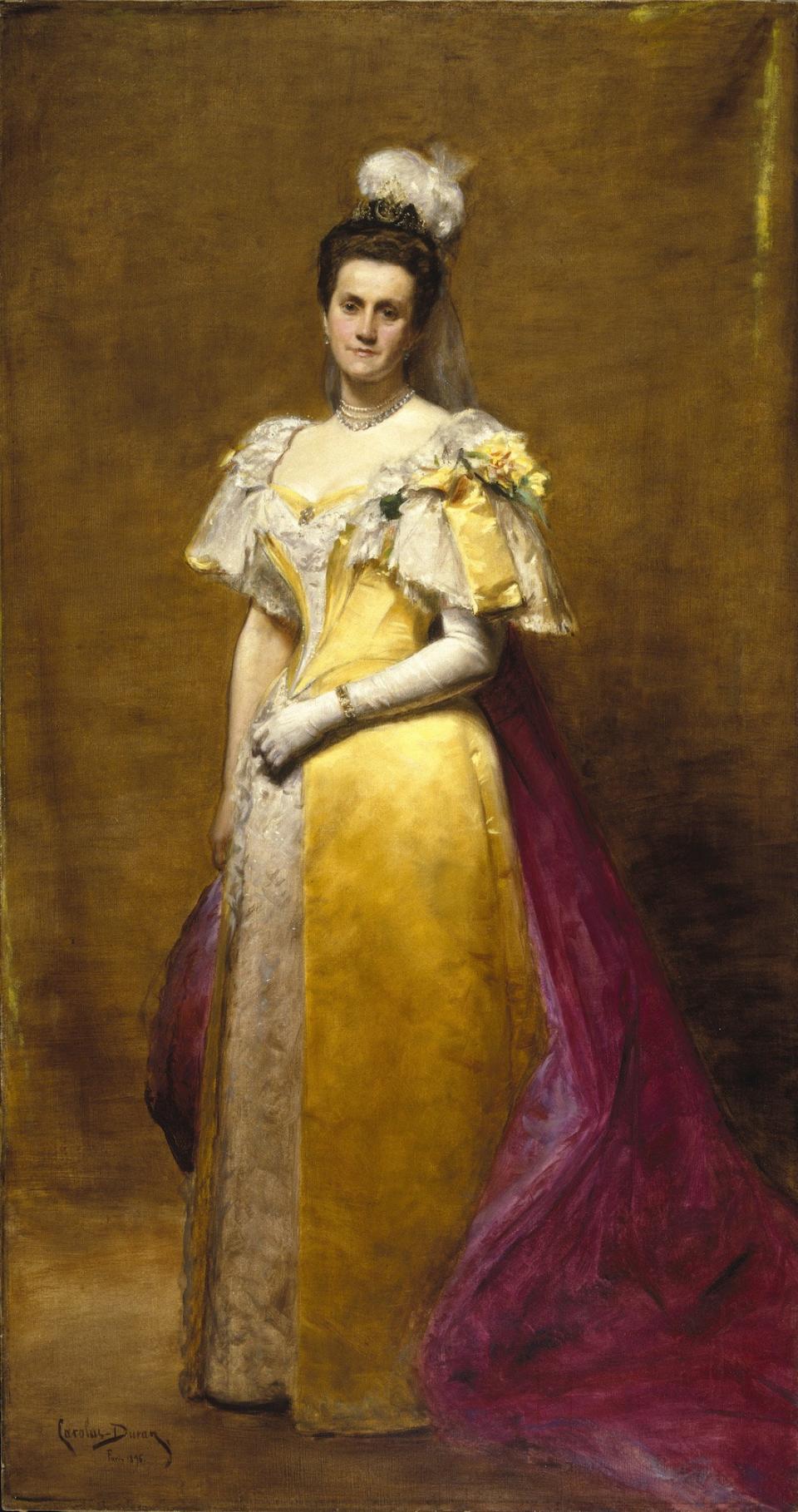The New York Times Spotlights the Forgotten Woman Who Built the Brooklyn Bridge
Today the Brooklyn Bridge is among the most iconic architectural marvels in the world. Built of limestone, granite, and cement, the nearly 6,000-foot suspension bridge transports roughly 144,000 vehicles across its span every day. It's remarkable, in 2018, to think that such a reliable structure was achieved 135 years ago. When the Brooklyn Bridge opened on May 24, 1883, it was the longest suspension bridge (in fact, nothing really came close to it in length). For such an architectural achievement to be realized, 14 years of construction by some 600 workers (an estimated 27 of whom died in the process) had to occur. Sure, the design of the bridge is what we marvel at today (and rightfully so!), but what's less appreciated is the day-to-day management involved in constructing such a complex and revolutionary structure. And who would've known that at the center of this intense job was a female by the name of Emily Warren Roebling.
In the spirit of International Women's Day, The New York Times launched a new channel dubbed Overlooked, a project to cover obituaries of women who never received them (the newspaper company plans to continue this new channel throughout the year while expanding it to introduce others who were overlooked, most notably people of color). The first tribute was today, and it honored Emily Warren Roebling, the woman who eventually oversaw the construction of the Brooklyn Bridge after her husband, who was the lead engineer, fell ill.
As the Times indicated, "It was not customary for a woman to accompany a man to a construction site in the late 19th century." Yet Emily Warren Roebling was no ordinary woman. Born in Cold Spring, New York, in 1843, Roebling grew up studying history, French, and mathematics (as well as the more customary subjects of the day for young women, such as housekeeping and needlework), eventually studying law at New York University. In 1865, Emily married the civil engineer Washington A. Roebling (son of the German-American architect John A. Roebling, a man known for designing suspension bridges, most famously the Brooklyn Bridge).

Yet while designing and building the Brooklyn Bridge, the Roebling family would undergo unthinkable hardships. When construction began in 1869, "the elder Mr. Roebling had his foot crushed in the pilings of a Brooklyn pier when a barge came in to dock," according to The New York Times. "He contracted tetanus and died less than a month later." From there, his son took lead as chief engineer. Shortly thereafter, however, the younger Roebling was forced to relinquish his role as he became gravely sick with the bends (an illness that can leave its victims paralyzed, blind, and deaf).
From there, the task fell on the shoulders of Mr. Roebling's wife, Emily Warren Roebling. "She went back and forth to the construction site. She negotiated the supply materials, oversaw the contracts, and acted as liaison to the board of trustees," noted the Times. With his wife in control of the construction site, Mr. Roebling would look out his Brooklyn Heights window and, using a telescope, watch the bridge's final years of construction.
When the bridge finally opened on May 24, 1883, it was a massive affair, accompanied with fireworks and thousands of eager New Yorkers on hand to see the completed structure. That day, The New York Times published two articles on the bridge; one of them was headlined “How the Wife of the Brooklyn Bridge Engineer Has Assisted Her Husband.”
As the Times notes, visitors walking the Brooklyn Bridge today should keep their eyes open for a "plaque on the bridge honoring all three Roeblings. It reads: 'Back of every great work we can find the self-sacrificing devotion of a woman.'"


